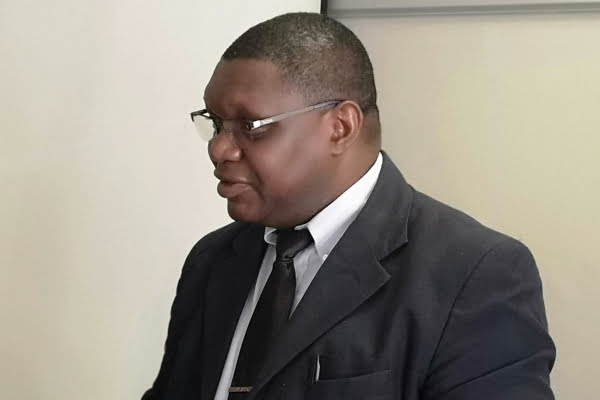VI holdings GDI Exit: Time to remodel the Darwendale Platinum project

In light of VI holdings’ exit from the Great Dyke Investments, there is a need to remodel the project technically and financially and to look for partners in the European and eastern bloc with the financial muscle to back the project to fruition, an expert has said.
Prince Sunduzani
Russia’s Vi Holdings exited from Great Dyke Investments, leaving the future of what is supposed to be Zimbabwe’s biggest platinum project at risk.
According to reports, the state mining vehicle, Kuvimba Mining House Ltd, is taking over the 50% shareholding in a platinum project owned by Russia’s Vi Holding NV and plans to make further mining acquisitions.
The exit of Vi Holding from Darwendale Platinum, which would cost about $3 billion to develop and become Zimbabwe’s biggest platinum mine, brings to an end 16-years of Russian involvement in the project.
According to Mining expert and former Chairperson of the Institute Of Mining Research at the University of Zimbabwe Professor Lyman Mlambo, the exit of Vi Holdings from GDI implies further financial woes for GDI and there is a need for a pragmatic solution to the project which will include scaling the project to manage costs.
He said the leaving of VI holdings might affect the USD3 billion platinum sector contribution to the USD12 billion mining industry target by 2023 as it is anchored on big projects such as GDI and others like Karo Resources.
“Obviously GDI will have to be remodelled both technically (mining and processing methods) and financially so that the costs for development, mining, processing and other costs including logistics and marketing become lower. That would also mean scaling down the whole project. GDI was expected to reach full throttle in 2023 (according to the original plan) at which point its operations would result in almost doubling the whole platinum sector’s production and employment levels as it intends to produce more than 800,000 ounces and employ about 8,000 people. This is obviously no longer possible as it stands, and targets and deadlines are going to be further missed,” he said.
Professor Mlambo noted the need to fill the financial gap as Kuvimba might not have the financial muscle to back a project of such magnitude.
GDI had planned to mine the first ore in 2021 and at its peak produce 860 000 ounces of platinum. This would have made it the biggest mining venture in Zimbabwe.
It missed a series of fundraising deadlines, and the collapse of funding proposals under sanctions on Russia put on a lid on the project.
In 2020, GDI announced that the African Export-Import Bank (Afreximbank), the lead arranger for project funding, had completed due diligence on the project, allowing the company to start raising capital.
“I think we need to seriously market the project to other countries in the eastern bloc and some European countries that have warmed up to Zimbabwe in the hope of getting another big partner. The funding gap needs to be filled and as I said, Kuvimba or any local investor cannot do that. It could help if the project could also be made transparent in terms of the beneficial owners, the original terms of the agreement, etc in order to allay fears which have repelled the interest of big close companies such as Implats (in SA) in the past,” Mlambo concluded.


